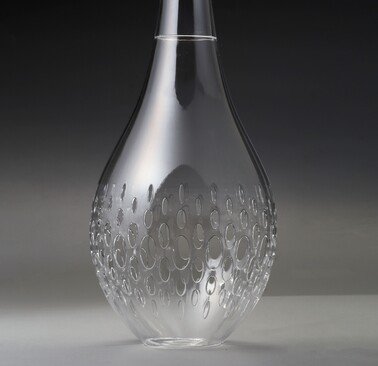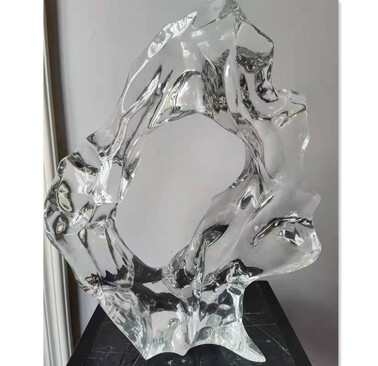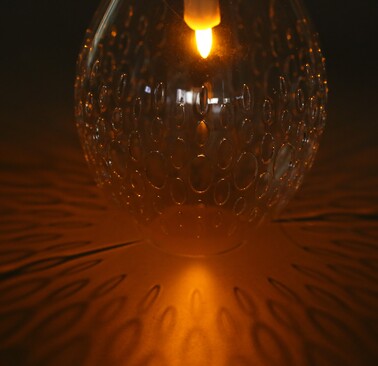What is transparency?
Transparency in resin 3D prints post-processing refers to achieving a clear, glass-like finish that allows light to pass through the material without significant distortion through sanding, polishing, and applying clear coatings to remove layer lines and imperfections and achieve optical clarity.
Transparent post-processing is essential for applications requiring high visual quality and aesthetic appeal, such as display models, product prototypes, and decorative items.















